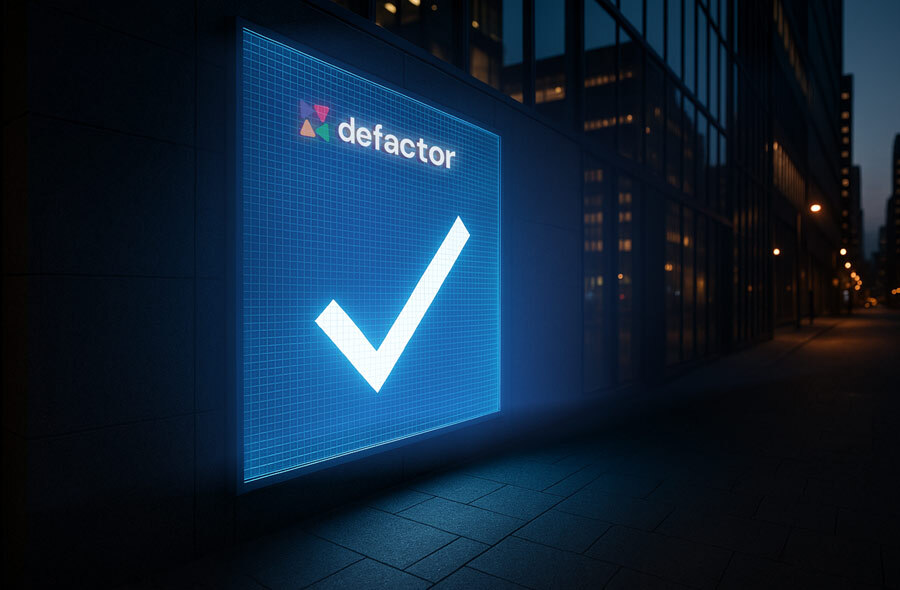Virtual Events
Virtual marketing events offer the possibility of scalability and the ability to reach a global audience efficiently. They are particularly useful for maintaining consistent engagement without the geographical constraints of physical events. Besides the importance of accessibility to a large audience, continuous momentum is highly crucial. Projects need to continuously showcase development and achievements to avoid being perceived as inactive or, worse, a "zombie project." This involves regular updates, milestone announcements, and evidence of ongoing progress. To do so, regular social media updates, webinars, and live discussions can be held online to keep the community engaged, educated and informed.
Moreover, establishing two-way communication, for example gathering feedback from the community is not just valuable; it's vital. It helps tailor the project's trajectory and marketing strategies to better meet the needs of users and investors. For example, AMAs (Ask Me Anything sessions) can be a way to solicit feedback and ensure that the project remains aligned with user expectations and market demands. After all, decentralisation is a core characteristic of any RWA project.
In-Person Events
Despite the tendency for projects to gear towards digital interactions, the value of face-to-face engagement remains unmatched. Real-life events like conferences, meetups, and seminars provide invaluable opportunities for networking, building deeper relationships, and gaining direct feedback from peers and potential customers. They add a personal touch that virtual events cannot replicate, fostering trust and rapport among participants.
In an industry where new ventures pop up at an exponential rate, trust, legitimacy, and credibility become the cornerstones of any successful project. Marketing strategies must start by establishing these foundational qualities. This involves transparent communication, demonstrating commitment, and showcasing the real people behind the project. Potential users and investors need to see that a project is more than just a short-term opportunity but a long-term vision being built upon solid ground.
One example of reinforcing trust is to emphasise the presence and accessibility of the project founders. They must be actively involved in communicating the vision and progress of the project, whether through guest panels or conducting live events during conferences. This visibility helps assure stakeholders of the project's authenticity and their commitment to its future.
The Marketing Mix: Digital Content and Real Interactions
The integration of digital content—such as podcasts, ebooks, and blog posts—with real interactions helps create a robust project presence. For instance, content created for virtual platforms can be leveraged to enhance the impact of in-person events. Similarly, experiences and insights gained from real-life interactions can inform the creation of compelling digital content that resonates deeply with your audience.
Example of an Effective Content Strategy
An effective content strategy that we use at Defactor, involves using key takeaways from a podcast to create a series of blog posts, articles, infographics, and social media content that keeps the conversation going long after the event has ended. This approach not only extends the life of the original content but also reinforces the key messages through various formats and platforms.
Conclusion
Marketing an RWA project requires a nuanced understanding of both digital and physical marketing realms. By effectively blending virtual and real-life marketing strategies, projects can build a solid foundation of trust, maintain momentum, and engage with their community in meaningful ways. As the industry continues to evolve, staying agile and responsive to both technological advancements and community needs will be key to any project's success in the bustling Web3 project.
THIS ARTICLE WAS INSPIRED BY DEFACTOR PODCAST EPISODE 7









